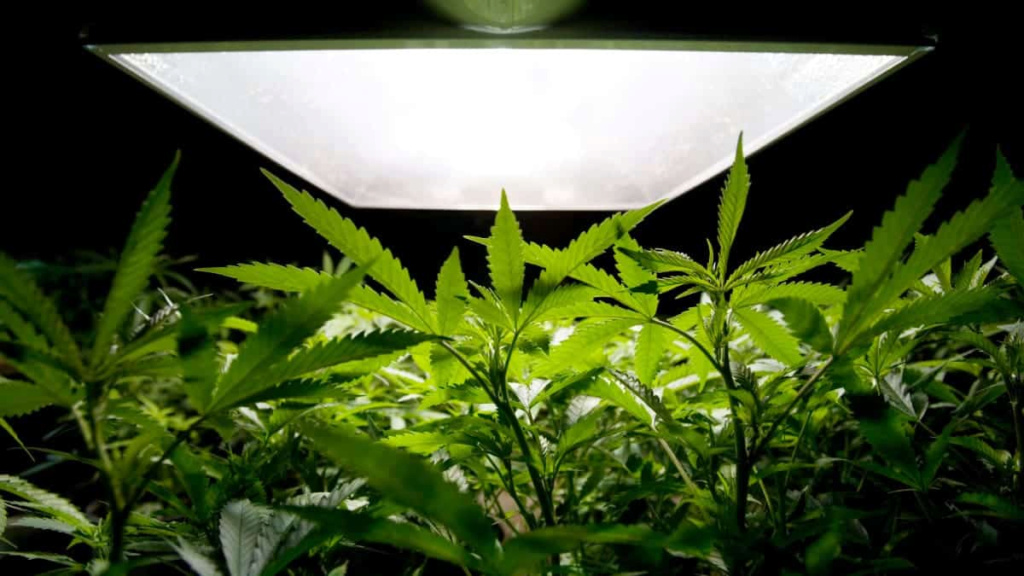The cannabis plant originated in China and was domesticated in the Stone Age, according to the latest studies
Thanks to a long history of domestication, the cannabis plant now comes in a variety of different varieties, each with its own unique composition of cannabinoids and other compounds. According to new research in Science Advances, this selective breeding process may have begun during the early Neolithic period in what is now northwestern China, where wild hemp first appeared.
Previous genetic studies suggested that hemp originated in the Tibetan plateau, although the oldest archaeological evidence for the use of hemp ropes comes from China, dating back nearly 12,000 years according to the authors of this study. As such, it is widely agreed that the plant may have had its roots somewhere in Asia, however determining where it originated has proven challenging.
This is largely due to the fact that the wild ancestor of cannabis is now extinct, and therefore cannot be directly studied. In its place there are a number of specially cultivated strains of both cannabis and cannabis, as well as some ancient varieties called indigenous plants. While these species are not the same as the original cannabis plants, they are less domesticated than modern commercial strains, having been altered over the centuries by natural selection rather than extensive human-led breeding programs.
To trace the history of this plant, the study authors analyzed the genomes of 110 cannabis species from around the world and found 82 new genomes and 28 known genomes. They grow when seeds "escaping" from domesticated varieties and allowed to grow and multiply normally.
After assessing the genetic relationships between all of these plants, the researchers note that each modern strain of cannabis and cannabis can be traced back to an "ancestral gene pool" that appears to have its roots in Chinese strains and wild plants.
“Current Chinese strains and wild plants are the closest descendants of the ancestral gene pool from which cannabis and marijuana strains and varieties have since arose,” the study authors wrote.
“Contrary to the widely accepted view, which links cannabis to the domestication of crops in Central Asia, our results are consistent with a single origin for cannabis domestication in East Asia.”
Furthermore, genomic history revealed that the first domesticated ancestors of modern cannabis plants diverged from this wild ancestor about 12,000 years ago, “indicating that this species was already domesticated in the early Neolithic.”
Since then, the intensive reproduction of this plant by humans has led to the emergence of several distinct genetic groups, such as cannabis plants and cannabis, which are two types of them. When comparing these two varieties, the study authors found 134 genes specific to cannabis and 472 genes unique to psychoactive cannabis.
These genes control plant traits such as branching and flower formation, as well as vigor. For example, genes that code for an enzyme that synthesizes tetrahydrocannabinol (THC) - the main psychoactive ingredient in cannabis - are fully expressed in most drug-type plants but are lacking in cannabis.
Source:websites




